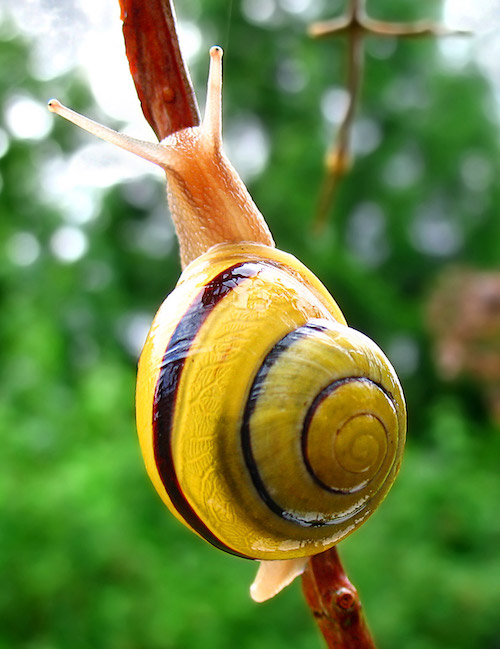 Evolution
Evolution
 Intelligent Design
Intelligent Design
Accepting, or Rejecting, Common Descent Has Real Consequences for Biological Understanding

Some have said that intelligent design does not commit one to accepting or rejecting common descent, and I agree. But it does not follow from the neutral stance of intelligent design towards common descent that accepting or rejecting the latter — which for brevity I’ll abbreviate as CD — has no real consequences for biological understanding. Quite the contrary.
Before I go on, some clarification may help: “Intelligent design” (ID) holds only that we can detect intelligent causation in the natural world empirically. By “common descent” I mean of course the theory of universal common descent, namely, that all organisms are related materially by descent from a common ancestor. Between these ideas no relation of entailment exists. One can reject CD and also reject ID: It’s perfectly possible to hold to multiple independent lineages (negating CD) arising naturally from a prebiotic milieu (negating ID).
Here’s one example of how accepting CD creates “facts” that may be illusory. The early developmental architectures of animals differ profoundly. Furthermore, experimental perturbations of early developmental stages cause catastrophic failures of embryos; indeed, such perturbations revealed how fruit fly or zebrafish embryos worked, by determining the essential control elements without which the embryo would crash and burn (so to speak). These different architectures and the consequences of perturbing them might indicate primary discontinuity.
But suppose one accepts CD as an empirical given. Then the very signal of discontinuity vanishes, and one is left with an evolutionary research problem — how to explain the “fact” that, despite the evidence, metazoan embryos can tolerate severe perturbations and evolve viably into strikingly different architectures.
The following passage from evo-devo guru Wallace Arthur (2014, p. 350) grapples with this “fact”:
How do early stages, like the “phylotypic stage” (Sander 1983) that is implicit in the egg-timer pattern, evolve at all? Might it be that even the smallest-effect mutations of the developmental genes acting at those stages (such as the vertebrate pharyngula and the insect germ band) have sufficiently large phenotypic effects that they have a negligible probability of being advantageous? Clearly not, since those stages have evolved (e.g., the pharyngula and the germ band both show considerable variation; also, they are very different from each other). But, nevertheless, when the fitness consequences of large-effect mutations in early development have been studied, they have in almost all cases been found to result in major fitness decreases. This is true, for example, of the homeotic mutations studied in Drosophila, and it is one of the main reasons for the rejection of Goldschmidt’s saltational theory of evolution (Goldschmidt 1940, 1952).
Notice how CD overrides experimental evidence. Arthur acknowledges that mutations to early development “have in almost all cases been found to result in major fitness decreases.”
He adds that even a “negligible” probability “is not zero, so some major changes in early development may have spread by classical Darwinian selection” (p. 351). Yet the only example he gives — a change in the direction of coiling in snails — he finds unsatisfactory, for two reasons: (1) “improbable mechanisms that will occur only once or twice in a long period of evolutionary time,” he admits, “are very difficult to test”; moreover, (2) “this is not a good example to generalize from because a symmetry reversal is a very specific type of change in body layout. In the origins of novelties (like the chelonian [turtle] shell) and body plans (like the vertebrate skeleton), other, very different types of change must have been involved” (pp. 350-1).
It doesn’t matter: “those stages have evolved,” says Arthur, a “fact” underwritten entirely by CD. So we need to get to work to explain how metazoan development changed radically, despite not having any actual evidence from the model systems of developmental biology that such changes ever happen viably.
In short: CD, if false, creates a universe of unreal “facts” that biologists must try to explain. That would not be good for biology, or science generally.
References:
Arthur, Wallace. 2014. “Internal Factors in Evolution: The Morphogenetic Tree, Developmental Bias, and Some Thoughts on the Conceptual Structure of Evo-devo.” In A. Love, ed., Conceptual Change in Biology, Boston Studies in the Philosophy and History of Science 307 (Springer Verlag):343-63.
Image: White-lipped snail (Cepaea hortensis), via Wikicommons.
